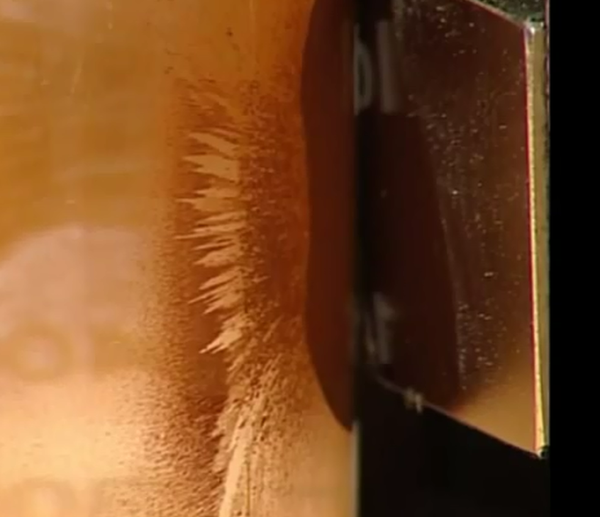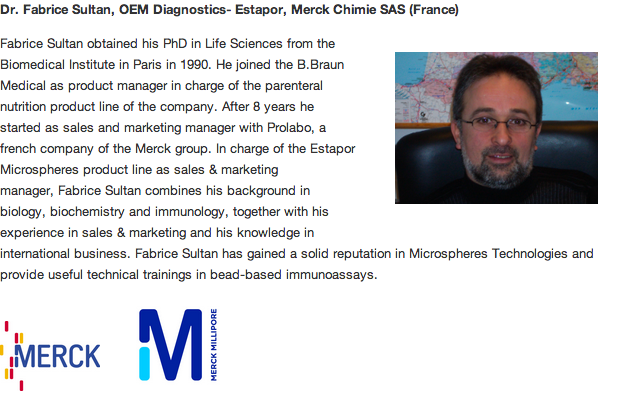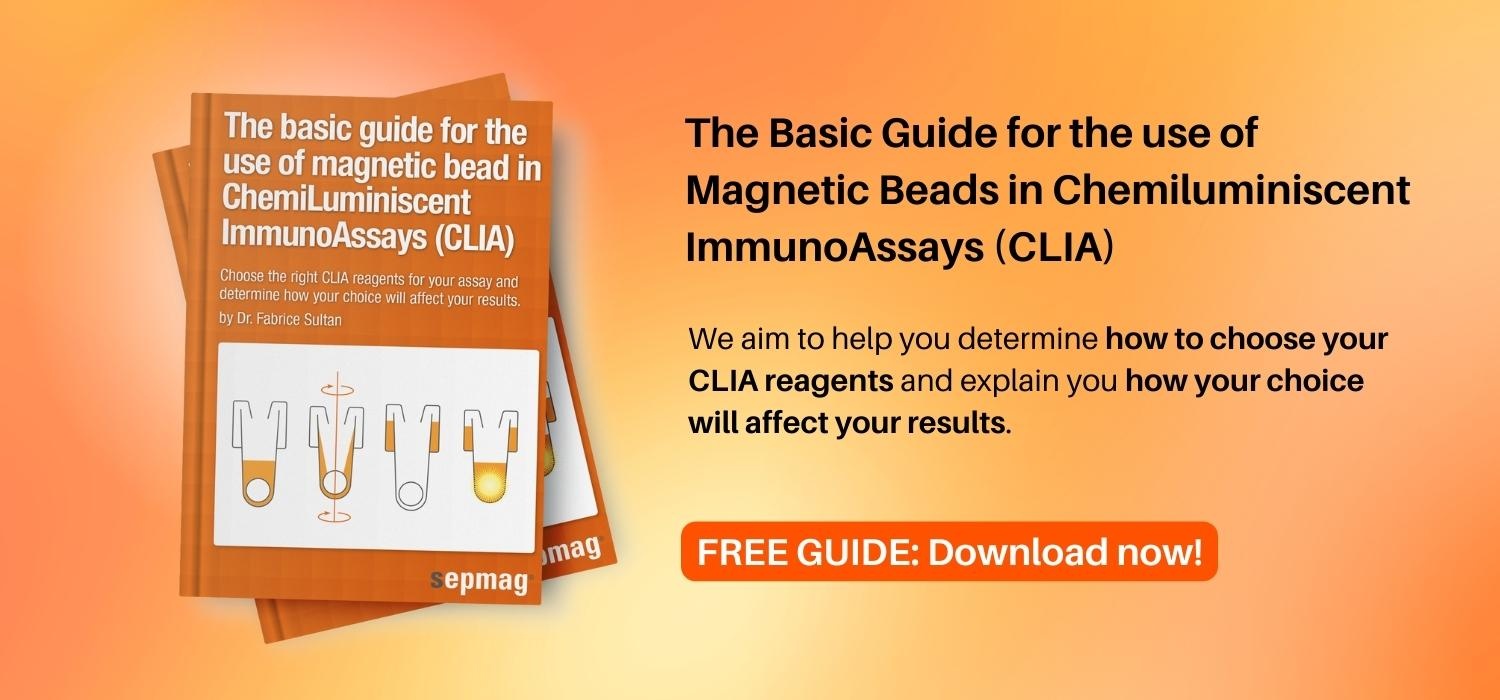Chemiluminescent Immunoassays (CLIAs) are excellent assays for high throughput, low analyte concentration, time sensitive testing and isolation. Using magnetic beads as the reagent in a CLIA, for example coated in the form of streptavidin beads, is an easy and established technique favored among many clinical scientists.
This post is about using magnetic beads, such as streptavidin beads, in Chemiluminescent immunoassays. If you are interested in this topic, download our free ebook The Basic Guide for the use of Magnetic Bead in Chemiluminescent immunoassays:
Making sure the CLIA you develop is accurate and consistent will be key for creating a high demand detection product. In order to develop the best product possible, it is important that you consider all of the steps discussed in this post:
1. Make sure you know the expected concentration range of your analyte and make sure you understand the assay specimen type.
2. Choose polyclonal antibodies if your epitopes are not well defined and choose monoclonal antibodies if you have a well defined epitope and need very high specificity. Polyclonal antibodies are not specific for one epitope but tend to recognize the range of epitopes ‘seen’ by the immune system.
3. Choose the proper magnetic bead for your particular assay. Be sure to consider all of the following variables:
- Bead size (try to work with medium-sized beads, around 1.0 µm if possible)
- Bead material (PS or PS/DVB, other types of materials or encapsulated if possible)
- Bead with a higher magnetic pigment content (between 30% and 50% if possible)
- Bead surface properties (plain, modified, pre-activated or bio-activated)
- Bead batch size
- Bead ‘à la carte’. If what you need is not available ‘à la carte’, ask your supplier to develop a custom product to fit your specific needs.
4. Think carefully about the bead surface you need for your assay. While plain surfaces are the cheapest and are the easiest to work with, they also can have specificity problems and high background readings. Modified surfaces will stably couple, but require chemical activation that can cause aggregation. Pre-activated surfaces are easy to couple and bio-activated surfaces are usually free from background noise (although a very expensive modification, as biotin or streptavidin beads). Encapsulated beads improve your assay’s sensitivity and stability.
5. Some magnetic bead types are used more than others. You may want to consider the well-used, well-established beads or decide that you need unique modifications.
6. Make sure you test the stability of your reagent and aim to address short term, long term and real-time stability issues. In addition, pay attention to storage conditions, hot/cold cycles and delivery when considering stability of your beads.
7. Test a variety of different blocking reagents and choose the blocking reagent that gives the least background noise and stability.
8. Make sure you have vetted your magnetic bead supplier thoroughly before beginning your development.
By following all of these steps, your CLIA assays using magnetic bead technology will be high quality and will have a much better chance of becoming high demand products. Don't forget to check these posts from our blog in order to get a deeper insight into Chemiluminescent immunoassays:
- Nine Questions to Ask Yourself When Choosing a Magnetic Bead Supplier
- How to Select the Best Blocking Reagents for CLIAs
- Five Things to Consider about Magnetic Bead IVD Kit Stability Studies






